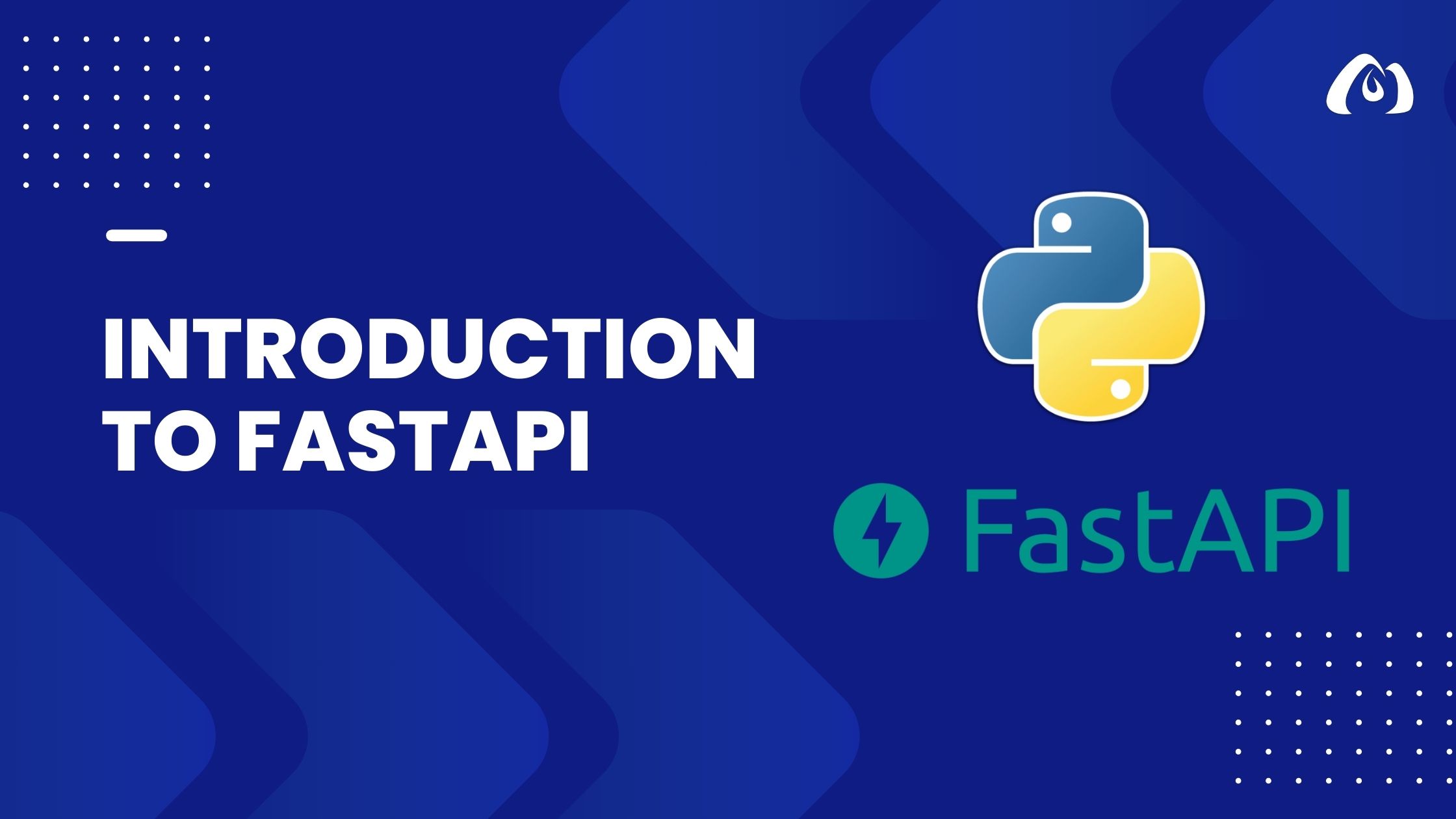Introduction to FastAPI

FastAPI, a modern, high-performance web framework for building APIs with Python, has gained significant popularity for its simplicity, speed, and automatic documentation capabilities. In this tutorial, we’ll take a closer look at what FastAPI is, why it’s worth considering, and how to get started building your first API.
What is FastAPI? Permalink
FastAPI is an asynchronous web framework for building APIs with Python 3.7 and above. It is designed to be easy to use, fast to run, and capable of handling high loads. FastAPI leverages Python type hints to enable editor support, code completion, and, more importantly, automatic generation of OpenAPI and JSON Schema documentation.
Why FastAPI? Permalink
1. Fast and Efficient Permalink
FastAPI is built on top of Starlette and Pydantic, utilizing the power of Python type hints for data validation and serialization. This makes it incredibly fast and efficient, even outperforming traditional frameworks like Flask and Django.
2. Automatic Documentation Permalink
One of the standout features of FastAPI is its automatic generation of API documentation. With FastAPI, you don’t need to write separate documentation for your API – it’s generated on-the-fly based on your code, making the development process smoother and more enjoyable.
3. Type Safety Permalink
By using Python type hints, FastAPI introduces type safety to your API. This not only helps catch errors early in the development process but also provides a more robust and self-explanatory codebase.
Getting Started Permalink
Now, let’s dive into creating a simple FastAPI application. If you haven’t installed FastAPI yet, you can do so using pip:
pip install fastapi
And to run your FastAPI application, you’ll need an ASGI server. For this tutorial, we’ll use Uvicorn:
pip install uvicorn
Now, let’s create a basic FastAPI application in a file named main.py:
# main.py
from fastapi import FastAPI
app = FastAPI()
@app.get("/")
def read_root():
return {"Hello": "World"}
Save the file and run your FastAPI application using Uvicorn:
uvicorn main:app --reload
Visit http://127.0.0.1:8000 in your browser, and you should see the automatic Swagger documentation for your API. The / route we defined earlier is accessible, and you can interact with it directly from the documentation.
Conclusion Permalink
FastAPI is a powerful and efficient web framework that brings modern development practices to API development with Python. In this tutorial, we’ve only scratched the surface of what FastAPI can do. As you continue your journey with FastAPI, explore its rich features, including dependency injection, request validation, and more.
Stay tuned for our next tutorial, where we’ll explore creating your first FastAPI endpoint. Happy coding!
